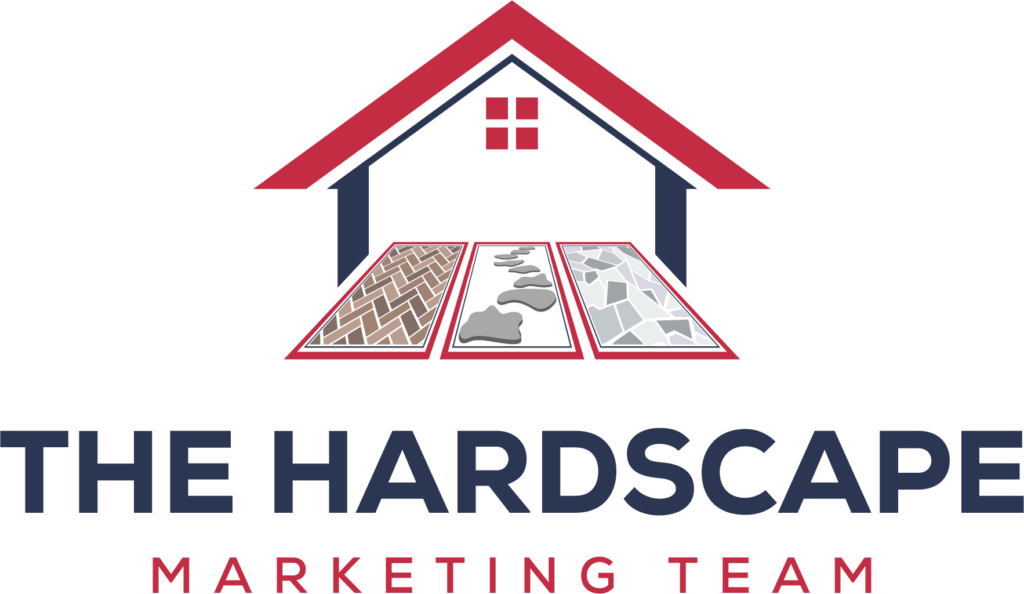“`html
Resolving Multi-Domain Crawl Issues with Google’s Expert Insights
In an era where digital presence across multiple domains is common, ensuring seamless search engine crawling is essential for maintaining visibility and performance. Google has provided valuable insights into diagnosing and resolving issues related to multi-domain crawling. Understanding these problems and the solutions presented by Google can help webmasters enhance their website’s efficacy in the vast digital landscape.
Understanding Multi-Domain Crawling
Multi-domain crawling involves search engine bots traversing through numerous domains associated with a single website or business entity. This scenario is prevalent for businesses that operate internationally or across distinct markets, each with a separate domain. While owning multiple domains can be beneficial for reaching various audiences, it poses unique challenges in terms of search engine optimization (SEO) and indexing.
Common Issues in Multi-Domain Crawling
Several issues frequently arise when dealing with multi-domain environments:
- Crawling Redundancy: Overlapping or identical content across domains can lead to crawl budget wastage.
- Canonicalization Conflicts: Incorrect or inconsistent canonical tags can confuse crawlers about the preferred URL for content.
- Resource Overhead: Multiple domains may consume more server resources, affecting loading speeds and crawl efficiency.
- Geotargeting Mistakes: Failing to properly configure country-specific URLs might impair international SEO efforts.
Google’s Recommendations for Diagnosing Issues
Recognizing multi-domain crawling issues early can prevent long-term SEO complications. Google’s experts offer concrete guidelines to assist webmasters in identifying and addressing these problems.
Implementing Effective Crawling Strategies
To ensure effective crawling across multiple domains, consider the following strategies recommended by Google:
- Monitor Server Logs: By analyzing server log files, you can detect anomalies in crawl behavior and load times, making it easier to pinpoint crawl issues.
- Leverage Google’s Search Console: This tool provides insights into indexing status, potential errors, and performance data across different domains.
- Prioritize Key Pages: Use the robots.txt file to manage which pages search engines should and shouldn’t crawl, focusing their attention on the most valuable content.
- Optimize Crawl Budget: Balance crawl rates across domains to avoid overloading your server while ensuring critical pages are indexed.
Enhancing SEO for Multi-Domain Frameworks
Effective SEO strategies for multi-domain environments require thorough planning and execution. Google’s insights extend into optimizing the SEO framework to support crawling consistency and efficiency.
Canonicalization and Sitemaps
Canonical tags and sitemaps play crucial roles in guiding search engines:
- Correct Use of Canonical Tags: Ensure each domain’s pages have correct and consistent canonical tags to guide crawlers towards the preferred URLs.
- Regular Sitemap Updates: Submit updated sitemaps that accurately reflect the domains’ structure and changes in content to help search engines crawl efficiently.
Fostering Clear International Targeting
For businesses operating across borders, it’s vital to set up proper geotargeting:
- Hreflang Tags: Implement hreflang tags to communicate language and regional targeting effectively to search engines.
- Consistent URL Structure: Maintain a logical URL structure for each domain to enhance the user’s navigation experience and SEO performance.
Long-term Benefits of Addressing Crawl Issues
Resolving multi-domain crawl issues offers long-term advantages beyond improved crawling and indexing. Properly managed domains can see benefits in:
- Enhanced User Experience: Faster load times and less server load improve user satisfaction and engagement.
- Higher Search Rankings: With correct SEO implementations, search engines can more accurately assess and rank websites.
- Diversified Audience Reach: Efficient crawling and optimal international targeting allow better market penetration across different regions.
- Increased Conversion Rates: Better-optimized pages and domains lead to higher conversions due to improved visibility and user retention.
Conclusion
Navigating the complexities of multi-domain crawling can be daunting, but Google’s expert insights provide a roadmap for successfully diagnosing and resolving these issues. By adopting effective monitoring, optimizing SEO frameworks, and strategically managing crawl budgets, webmasters can significantly improve their websites’ visibility and performance. As the digital landscape evolves, staying ahead of crawl issues ensures a competitive edge and long-term success.
“`
